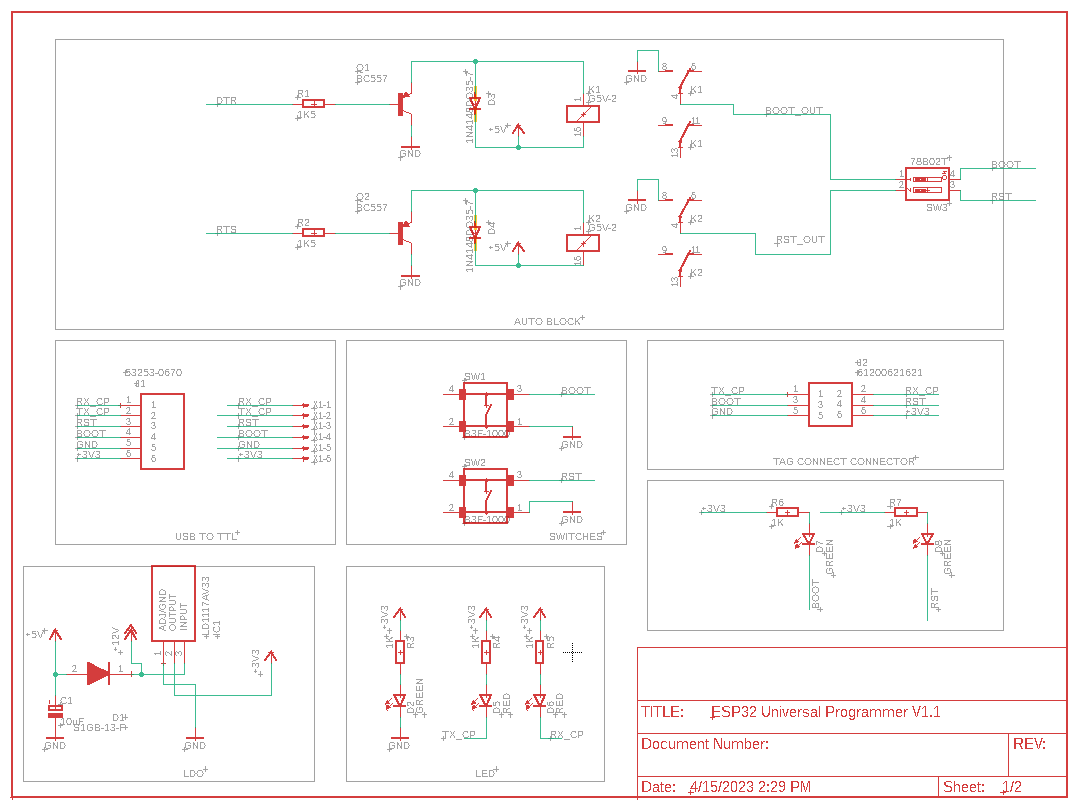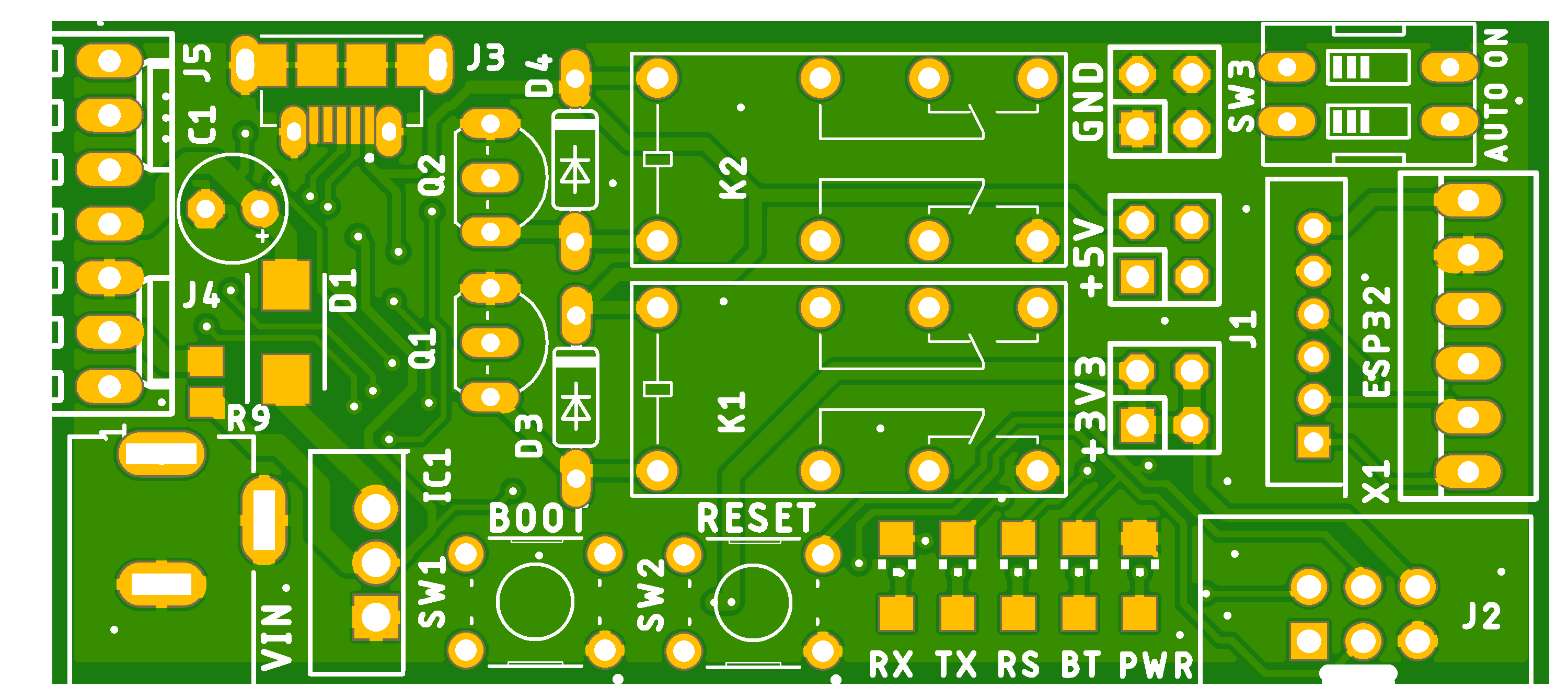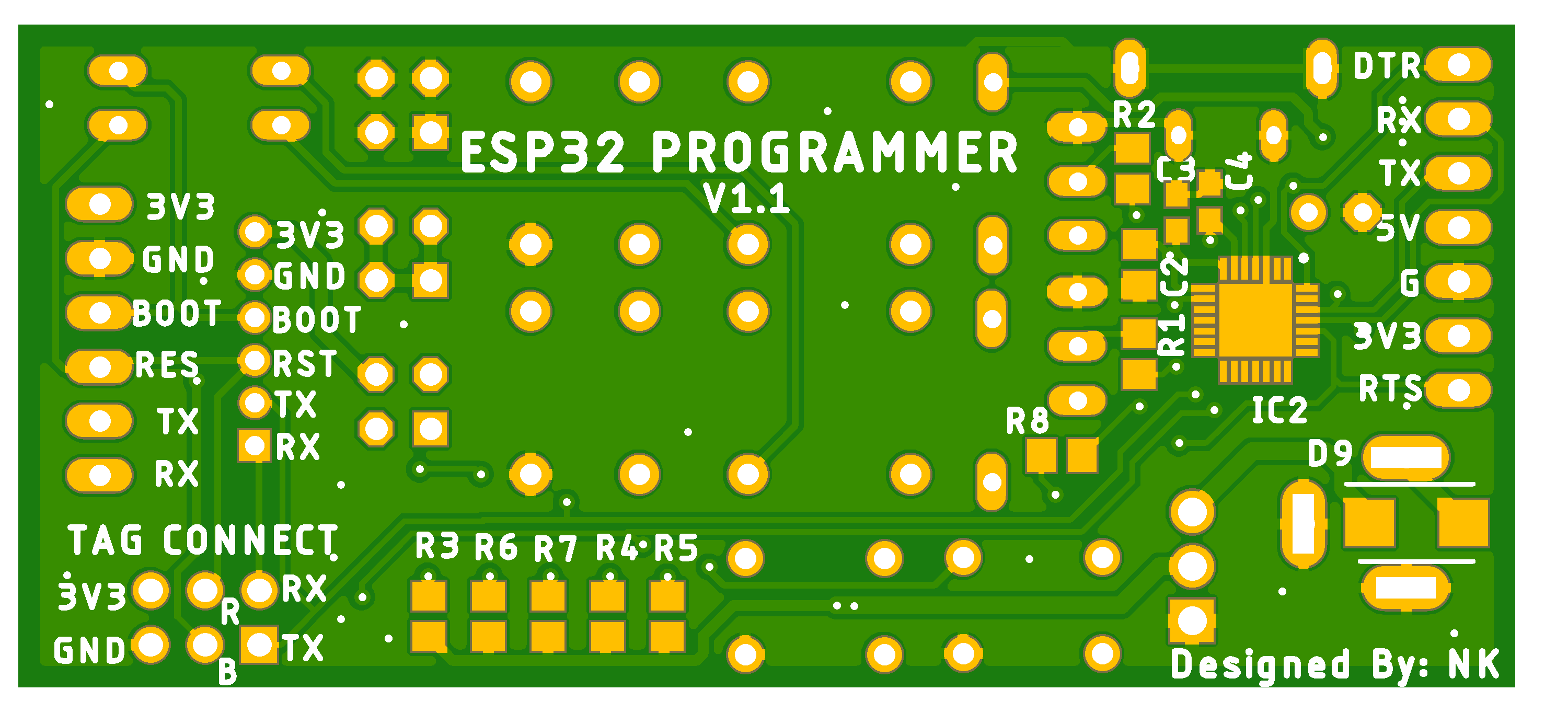The ESP32 is a powerful and versatile Wi-Fi and Bluetooth-enabled microcontroller, widely used in IoT devices, consumer electronics, industrial controllers, smart home systems, and wearable products. With its low power consumption, built-in wireless connectivity, and flexible peripherals, it has become a standard choice for both prototyping and large-scale production.
When working with multiple ESP32 modules in development or manufacturing, a dedicated programmer becomes essential. Off-the-shelf options are often limited, so we designed a custom ESP32 programmer that offers:
- Reliable programming across different ESP32 boards
- Streamlined workflows for batch production
- A dedicated Python-based GUI utility for Windows
Hardware Overview
The programmer hardware is built around the CP2102 USB-to-TTL IC, a stable and widely adopted bridge for serial communication between host PCs and embedded systems.
Key Hardware Features
- Micro USB port
- Input up to 35V with onboard LDO regulator
- Signal pins: RX, TX, GND, VCC, DTR, RTS, 5V
- On-board Reset and Boot buttons
- LED indicators for RX, TX, Reset, and Boot status
- Tag-Connect support for production use
Multiple Signal Breakouts
A common limitation of commercial programmers is the lack of multiple breakout points. The custom design provides multiple access points for signals like GND, RX, TX, RTS, and DTR, making it easier to:
- Connect to logic analyzers
- Integrate with test jigs
- Use multiple tools simultaneously
This improves flexibility during prototyping, debugging, and production testing.
Automatic Boot/Reset with Relay
For reliable automated flashing, the programmer uses a relay-based boot/reset circuit.
- Many designs use MOSFETs for toggling, but MOSFET behavior can vary depending on ESP32 board variants.
- The relay ensures consistent, reliable switching across different hardware.
- Manual Boot and Reset buttons are included for direct control when needed.
Tag-Connect Support
A 6-pin Tag-Connect-compatible connector is included for fast, connectorless programming in production environments.
Advantages of Tag-Connect:
- No need for permanent connectors on the product PCB
- Reduced BOM and PCB costs
- Faster, more secure programming connections
- Cleaner PCB layouts
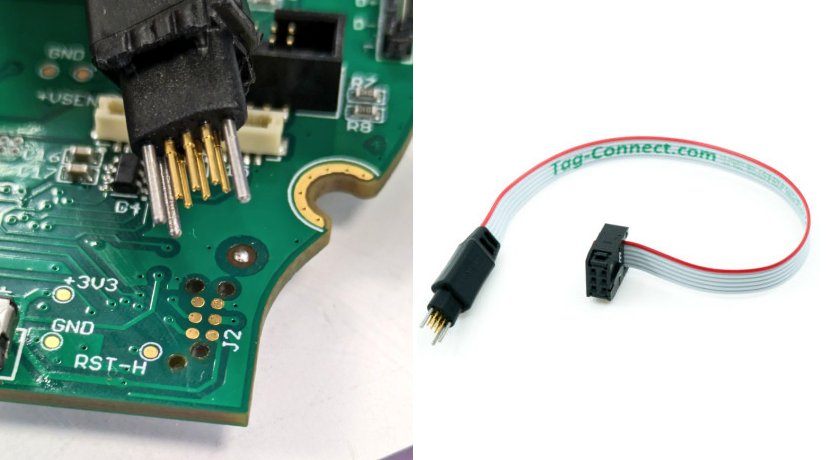
Learn more at Tag-Connect.
Python-Based Windows Utility
Alongside the hardware, a Python-based Windows GUI makes firmware flashing simple and efficient.
Utility Features
- Flash
.binfirmware files - Erase ESP32 flash memory
- COM port selection
- Baud rate adjustment for stability or speed
- Backend powered by esptool
The workflow is lightweight: just place your firmware .bin and partition files in the utility’s build folder and start flashing.
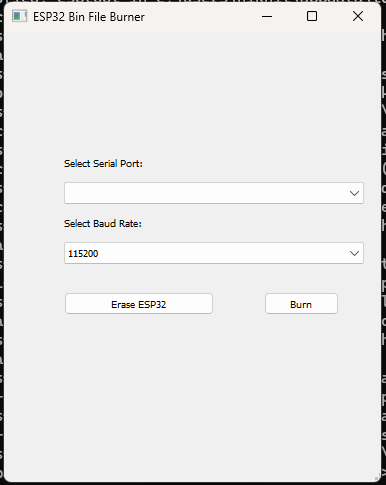
Debugging and Serial Monitoring
Beyond programming, the board also works as a serial debugging tool.
- Exposed RX/TX lines and RTS/DTR signals allow monitoring ESP32 output or sending commands via terminal tools like PuTTY or RealTerm.
This dual-purpose design reduces the need for additional debug hardware.
Ideal Use Cases
- ESP32 production programming (batch flashing)
- Field firmware updates
- Debugging ESP32-based products
- Connectorless PCB designs using Tag-Connect
- Automated test and flashing stations
Schematic and PCB
Build Your Own Programmer
All necessary design and utility files are provided below:
- Schematic (Eagle CAD)
- PCB layout (Eagle CAD)
- Gerber files
- Bill of Materials (BOM)
- Python programming utility
These can be used to replicate the design or adapted for your specific production needs.
